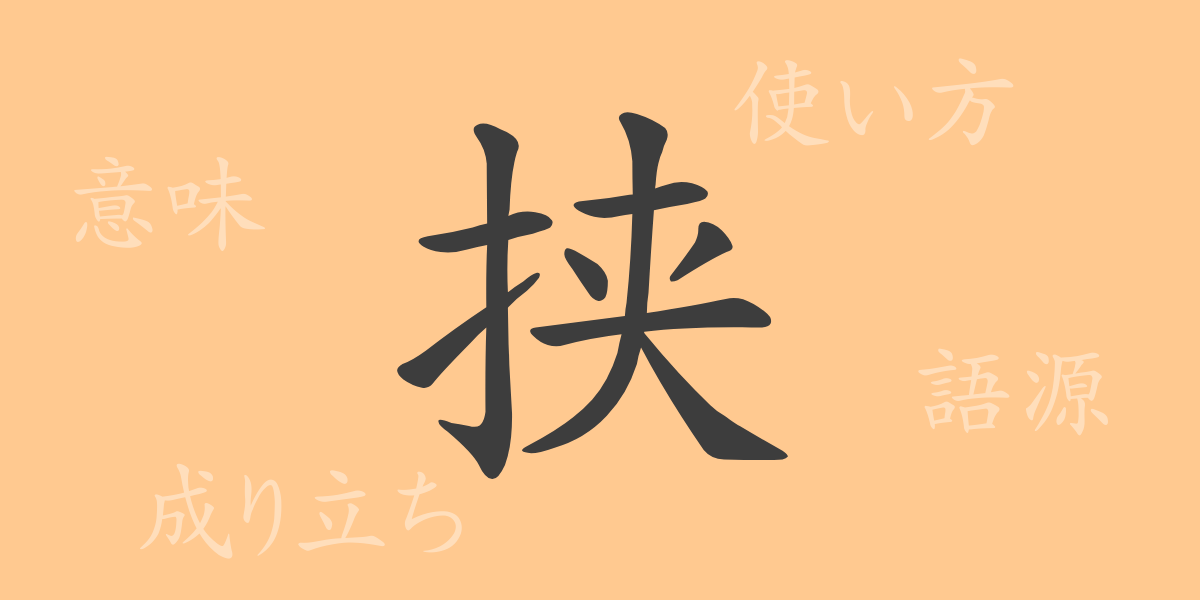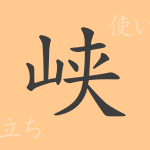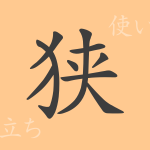The beauty of the Japanese language is reflected in its complex and delicate characters. Kanji, with their intricate forms and rich meanings, speak to the depth of the language. This time, we will focus on one of the common kanji, “挟(きょう),” exploring its origins, meanings, uses, and even idioms and proverbs that feature this character.
Origin of 挟(きょう)
The kanji “挟(きょう)” originated in ancient China and has evolved over thousands of years. This character derives from “夹(きょう),” which represents the action of pinching or holding something between two sides. Over time, “夹(きょう)” was simplified to form “挟(きょう).” This formation illustrates the action of pressing something from both sides, making it a type of pictogram that aligns its shape with its meaning.
Meanings and Uses of 挟(きょう)
“挟(きょう)” primarily means to pinch or hold something between two sides. However, it is also used metaphorically to indicate intervening or inserting oneself between people or things. Additionally, it can refer to the state of being pinched or the effects of such an action.
Readings, Stroke Count, and Radical of 挟(きょう)
The kanji “挟(きょう)” offers rich insights through its readings and structural elements.
- Readings: The on-yomi (音読み) reading is “キョウ(きょう),” while the kun-yomi (訓読み) readings include “はさ.む(hasamu),” “はさ.まる(hasamaru),” “わきばさ.む(wakibasamu),” and “さしはさ.む(sashihasamu).”
- Stroke count: “挟(きょう)” has a total of 10 strokes.
- Radical: The radical is 手(てへん), indicating a relation to hand actions.
Idioms, Proverbs, and Phrases Using 挟(きょう)
The kanji “挟(きょう)” is featured in many idioms, proverbs, and phrases, enriching the Japanese language with its nuanced meanings.
- 挟持(きょうじ): To hold something between two sides; also means to mediate between parties.
- 挟撃(きょうげき): To attack from both sides.
- 挟火(きょうか): To set fire from both sides; a metaphor for a pincer attack.
- 挟み撃ち(はさみうち): A military tactic where the enemy is attacked from both sides.
- 風に挟まれる(かぜにはさまれる): To get caught up in rumors.
Summary of 挟(きょう)
The kanji “挟(きょう)” demonstrates the richness of Japanese expression through its wide range of uses. From physical actions of pinching to military tactics and metaphorical uses, “挟(きょう)” plays a versatile role in various contexts. Understanding the background of each kanji like this one is key to appreciating the profound depth of the Japanese language.

























